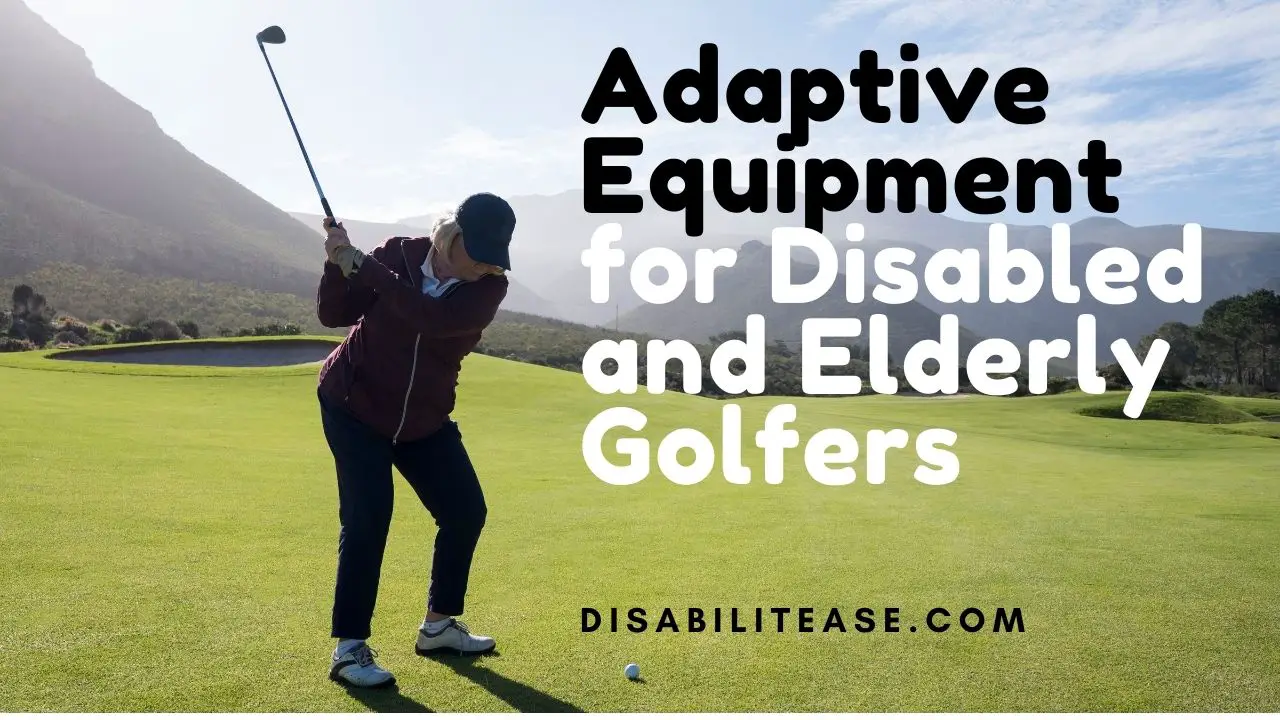Can Dyslexia Look Like Autism? Let’s find out. Autism is a diverse spectrum of disorders that impairs one’s ability to engage, communicate and socialize effectively.

Being a spectrum, affected individuals at various functioning ranges experience it with varying severity. Those in the high functioning range often show less severe symptoms and have a good hold of language and interpersonal skills.
Common symptoms of Autism include the inability to interact with people, express emotions, and overall low emotional intelligence. Affected people are otherwise intelligent, capable, and highly driven people.
Here is a related article that might interest you on Can Dyslexia Cause Fatigue?
Similar to Dyslexia, Autism can also cause learning challenges, but they are usually different in terms of the specific difficulties faced.
Table of Contents
Common Symptoms of Dyslexia – Can Dyslexia Look Like Autism?
Dyslexia is a form of learning difficulty that can impact a person’s ability to read and write effectively. While it has many subtypes with varying implications, some symptoms are present in nearly all types of Dyslexia, including:
Low Phonological Awareness
Phonological awareness is one’s ability to understand how each letter and a sequence of letters sound. With low phonological awareness, Individuals with Dyslexia often have trouble spelling out the accurate sounds of letters, words, and digits. This is the primary reason why affected people are often slow readers.
However, this symptom is more common in people with auditory Dyslexia than in those with visual Dyslexia who have a harder time recognizing the letters based on their visuals.
Decoding Difficulty
While normal readers develop an automatic ability to read different letters and words, those with Dyslexia can’t do the same. They often struggle to recognize the letters they see and have to go through a “decoding” process to read.
A set of letters usually looks like unfamiliar symbols and shapes that need to be decoded before being recognized as a letter. For this reason, their reading accuracy can be very low even if they put in more effort and time.
Weak Working Memory
This is one of the most common symptoms in all subtypes of Dyslexia. A weak working memory means the individual cannot quickly grab, retain and understand new information. This inability to work out new information becomes more evident in digit-span recall and mental problem-solving.
How Dyslexia can look like Autism: Overlapping Signs and Symptoms
As can be expected, Dyslexia and Autism do not have any significant overlapping signs or symptoms. Autism causes difficulty interacting and socializing, whereas Dyslexia causes difficulty in reading and spelling out words and numbers.

Another post that will interest you is about Can Dyslexia Come And Go? Is It A Chronic Ailment Or Non-frequent?
However, Dyslexia can seem like Autism to the inexperienced eye, especially a parent or guardian not trained in disorder assessments. This happens due to the common images most people have regarding individuals with Dyslexia and Autism.
Below are some of the common symptoms of Dyslexia that can make it seem like Autism:
Delayed Speech
Dyslexia affects a person’s ability to quickly comprehend a conversation and respond accordingly. They often take time to absorb the complex information thrown at them and therefore give a delayed response.
Moreover, their responses are often made more rigid due to delays in retrieving the right words to use or problem-solving an asked question. This delay and friction can often come off as a sign of Autism.
Undoubtedly, autism awareness is much more common than dyslexia awareness. For this reason, children with Dyslexia often get mistaken for someone with Dyslexia. This is because ineffective social interaction, minimal responses, and delayed responses are common characteristics of people on the autistic disorder spectrum.
Vague Words
Depending on the severity, Dyslexia can make quick retrieval of effective words difficult. An important part of our communication is the choice of words we use.
Every idea demands powerful words that can express it more vividly. However, individuals with Dyslexia often have poor word choice abilities due to multiple reasons.
Firstly, they have poor phonological awareness, which lowers their ability to spell out a word even if it is on their mind. Secondly, they have weak implicit memory, which makes it difficult to combine multiple powerful words to form a more convincing sentence.
In some cases, affected individuals often have the perfect word in their mind, and they can picture it in their head but still not be able to remember how it sounds. This makes them substitute more appropriate words with whichever ones are more convenient.
Because the inability to interact effectively and confidently is a common sign of Autism, vague conversation due to Dyslexia can come off as Autism.
Inexpressive Conversations
As already mentioned, Individuals with Dyslexia are not the best at picking the most appropriate words for specific contexts.
The same weakness can also make their conversation less expressive as they struggle to communicate their emotions. For example, when questions like “How was your day?” is asked, a child with Dyslexia may answer with “Good” or “Fine” even when they want to say “excellent” or “amazing”. This can often be misinterpreted as an inability to understand one’s own emotions and relate to others’ emotions and an inherent deficit in emotional intelligence caused by Autism.
However, this is never the case in Dyslexics as they typically possess exceptional emotional and interpersonal intelligence.
School Anxiety
This is more common in children and teenagers than in adults with Dyslexia. More importantly, children that don’t get enough emotional support for their learning difficulties often feel more anxiety.
Their continual reading problems can lower their confidence and self-esteem, which often leads to school avoidance. Parents might feel that their child is having trouble due to a problem with social engagement. In such a case, a child’s rebellious behavior, continuous school absence, and even physical sickness can be misunderstood as Autism.
Low Engagement
Autism can often make one “dissociate” and zone out during conversations, classes, and different situations. The affected individuals do not do this out of disinterest, and it usually happens due to the brain feeling overwhelmed, tired or nervous. This can bring in distracting thoughts that make them lose touch with what is happening around them.
Individuals with Dyslexia often work harder than others to process conversations and respond quickly. This can come off as detachment, low emotional involvement, or inability to communicate due to Autism.
Repetition
This is one of the most pushed forward early signs of Autism. Individuals, especially children with Autism, tend to repeat a word over and over when facing an uncomfortable or unfamiliar situation.
Dyslexia can also manifest in a similar form where individuals will repeat the word multiple times to make sense of it or to borrow some time for their next word.
However, an important differentiation is that those on the autistic spectrum disorder don’t only do this with words but sentences as well. The repetition of a sentence is very rare in people with Dyslexia, at least as a direct result of Dyslexia.
Conclusion
While the two conditions are very different and rarely overlap, the emotional, interpersonal, and educational difficulties often look similar.
However, the world is becoming more aware of both Autism and Dyslexia, making early diagnosis and assessment easier. If you or someone you know sees any symptoms of Dyslexia or Autism in a child or adult, it’s best to go through a professional assessment rather than making a guess based on common signs.
Misdiagnosis and unnecessary labeling can cause emotional damage to a child and lower their self-esteem. For this reason, a trained professional should be used to ensure a more sensitive and supportive intervention.

Hi, my name is Eddie, I am a professional trainer specializing in the elderly population and I’m also a website designer. I love training in the gym, going to the beach, traveling, and having good food.
I combined my love for sport and website designing to make “DisabilitEase” whose purpose is to help elderly and disabled people live a more full and active life, have more fun, and enjoy their unique journey despite any disability.



